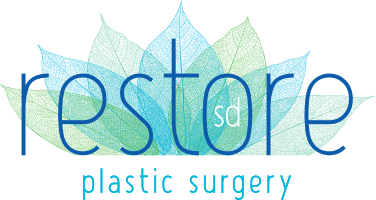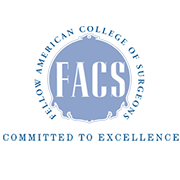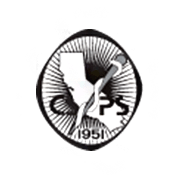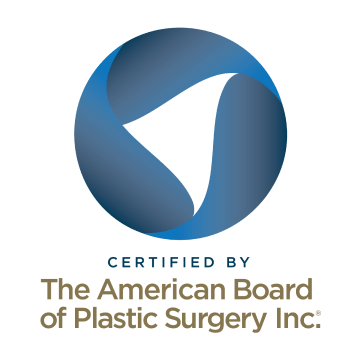Welcome to Restore SD Plastic Surgery’s guide on manual lymphatic massage after surgery. Recovering from cosmetic surgery can be a transformative experience. It does involve proper aftercare to ensure the best results. Manual lymphatic massage is a vital part of this aftercare. This treatment aids in reducing swelling, bruising, and promoting quicker healing.
What is manual lymphatic massage?
Manual lymphatic massage is a gentle, therapeutic technique that stimulates the lymphatic system. This massage uses light, rhythmic strokes to encourage the flow of lymphatic fluid. By improving flow, it helps remove toxins, reduce swelling, and promote healing.
Is manual lymphatic massage worth it after plastic surgery?
After plastic surgery, your body goes through a healing process. This can include post-surgical swelling and fluid retention. Manual lymphatic massage offers the following benefits:
- Reduces swelling and bruising.
- Accelerates the removal of post-surgical fluids.
- Enhances circulation and nutrient delivery to healing tissues.
- Supports the body’s natural detoxification process.
- Helps to reduce discomfort and promote relaxation.
How soon after plastic surgery can you have a lymphatic massage?
The timing of your first lymphatic massage session after plastic surgery is crucial. At Restore SD Plastic Surgery, we recommend starting 10-14 days after your procedure. We adjust this based on your surgery type and individual circumstances.
How do I find a qualified Lymphatic Massage Therapist?
Selecting a qualified lymphatic massage therapist is important. You want to ensure the effectiveness and safety of your post-surgery massages. Look for a certified therapist who has experience collaborating with post-operative patients. At Restore SD, we provide referrals to certified therapists that may be closer to your home.
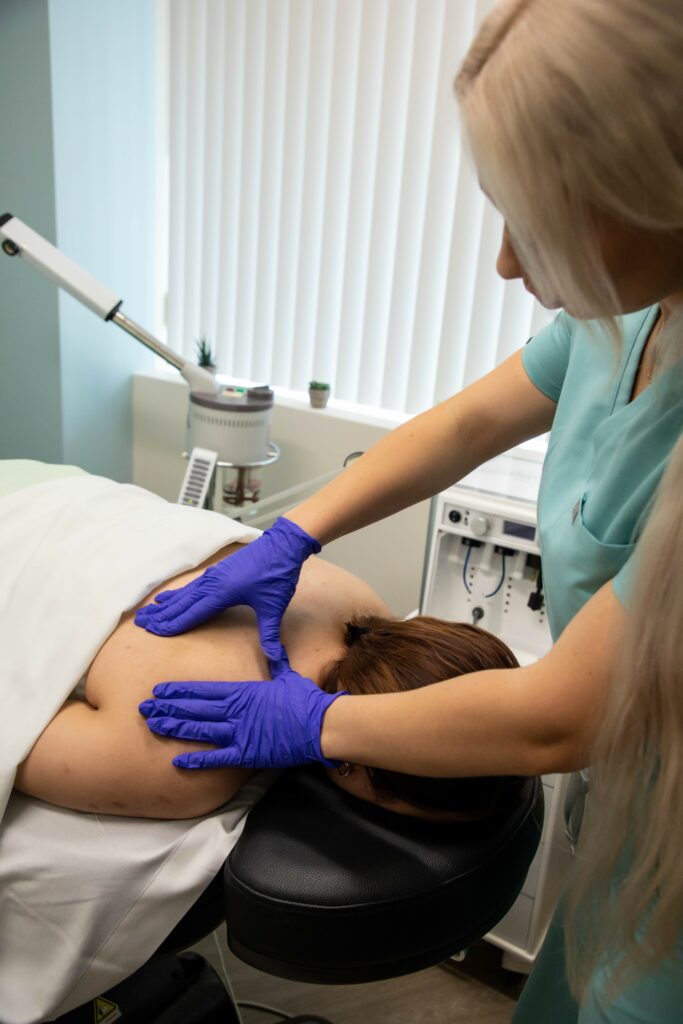
Your Lymphatic Massage at Restore SD: What to Expect
Preparing for Your Lymphatic Massage Session
Before your first lymphatic massage session, prepare by wearing loose, comfortable clothing. Hydrate well and follow any specific pre-massage instructions provided by your therapist.
The Manual Lymphatic Massage Process
Your therapist will use gentle, rhythmic strokes to stimulate lymphatic flow. They will target specific areas affected by surgery. They can address the face, neck, or body to reduce swelling and improve circulation. Manual lymphatic massage promotes healing without adding stress to the surgical site.
What to Expect During and After the Massage
You may experience warmth, tingling, or feeling of fullness during the massage. These are normal reactions as lymphatic flow is stimulated. After your session, you should feel more relaxed, with less swelling or discomfort. It is important to follow post-massage care instructions. This includes staying well-hydrated and avoiding strenuous activities.
How often should you get lymphatic massage after plastic surgery?
Your therapist will recommend a schedule based on your surgery and individual needs. Most patients have several sessions over the course of a few weeks to achieve the best results. Consistency is key to reaping the full benefits of manual lymphatic massage.
Manual lymphatic massage is safe and well-tolerated. Adding manual lymphatic massage to your recovery plan can make a significant difference. After liposuction or other body contouring surgery it can reduce swelling and pain. It promotes a quicker recovery, allowing you to achieve your results sooner.
- Key Benefits
- Glossary
- Significantly reduces post-surgical swelling and bruising
- Stimulates the lymphatic system, which helps in the removal of toxins from the body
- Boosts the immune system, helping the body fight off infections more effectively
- Relaxing and feels great, plus relieves pain and discomfort
- Detoxification: The process of removing toxic substances from the body. Lymphatic drainage massage supports the body’s natural detoxification processes by enhancing lymph flow.
- Edema: Swelling caused by excess fluid trapped in the body’s tissues, which can be effectively reduced through lymphatic drainage massage.
- Fibrosis: The formation of excess fibrous connective tissue, often resulting from surgery or injury. Lymphatic massage can help prevent or reduce fibrosis by improving circulation and lymphatic flow.
- Immune System: The body’s defense against infectious organisms and other invaders. Lymphatic drainage massage can boost immune function by stimulating the lymphatic system.
- Lymph: A clear fluid that circulates through the lymphatic system, carrying white blood cells and supporting the body’s immune system.
- Lymphatic System: A network of tissues and organs that help rid the body of toxins, waste, and other unwanted materials. The primary function of the lymphatic system is to transport lymph fluid.
- Lymphatic Drainage: A therapeutic massage technique designed to stimulate the flow of lymph fluid, helping to remove toxins and reduce swelling in the body.
- Lymph Nodes: Small, bean-shaped structures that produce and store cells that help fight infection and disease. Lymph nodes filter lymph fluid as it circulates through the body.
- Manual Lymphatic Drainage (MLD): A specific type of gentle massage aimed at moving lymph fluid around the body to support detoxification, reduce swelling, and enhance immune function.
- Swelling: The enlargement of organs, skin, or other body parts due to a buildup of fluid in the tissues. Lymphatic drainage massage is particularly beneficial in reducing post-surgical swelling.
- Toxins: Harmful substances produced within living cells or organisms; they can be removed from the body through the lymphatic system, with lymphatic drainage massage aiding this process.
If you want to find out if lymphatic massage is right for your recovery, please call our San Diego plastic surgery center at (858) 224-2281 or contact our office by submitting a form online.



